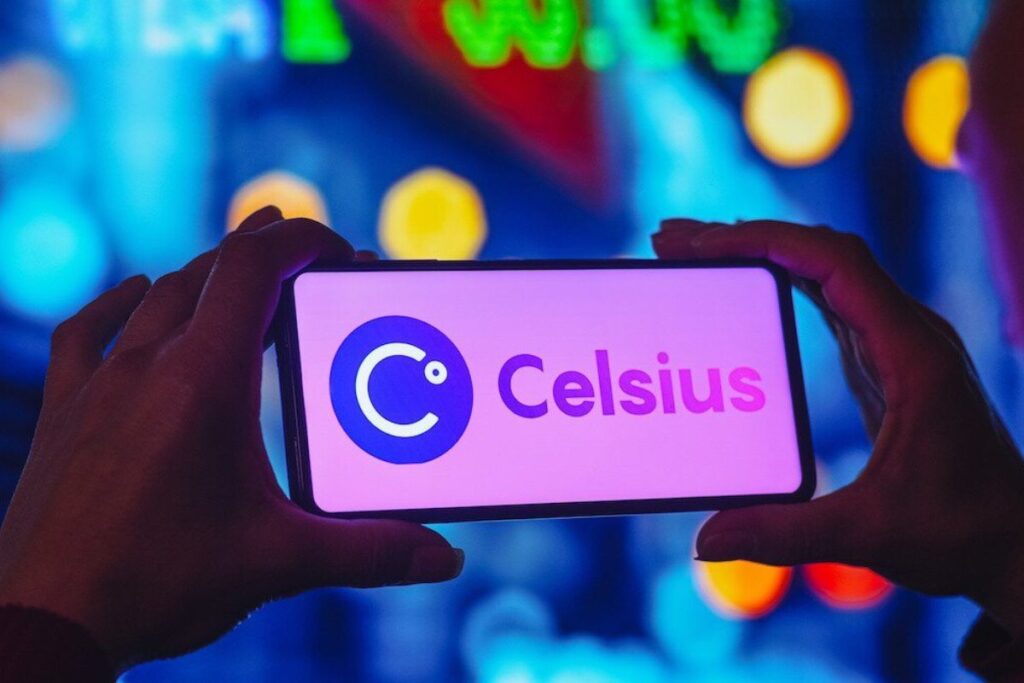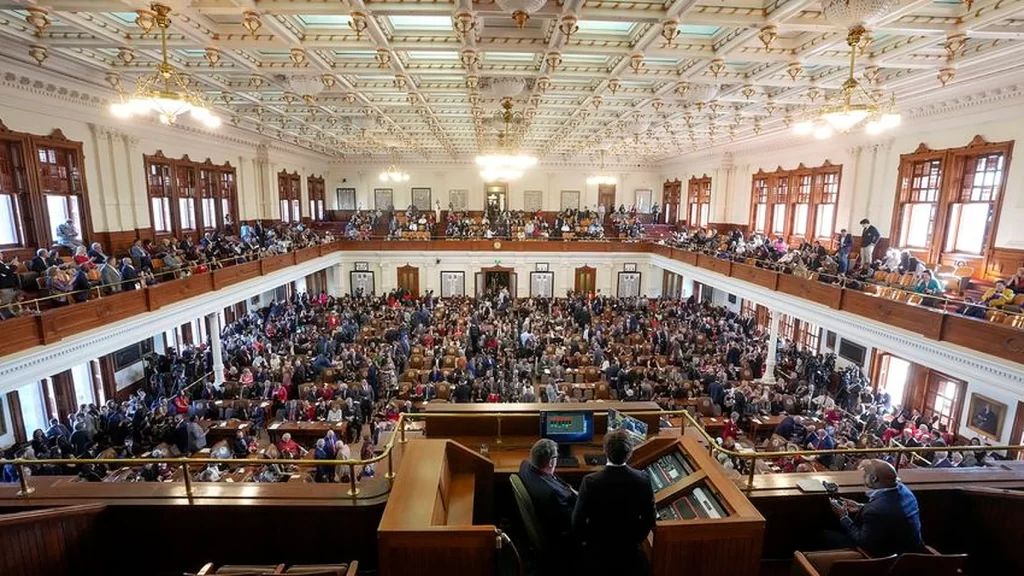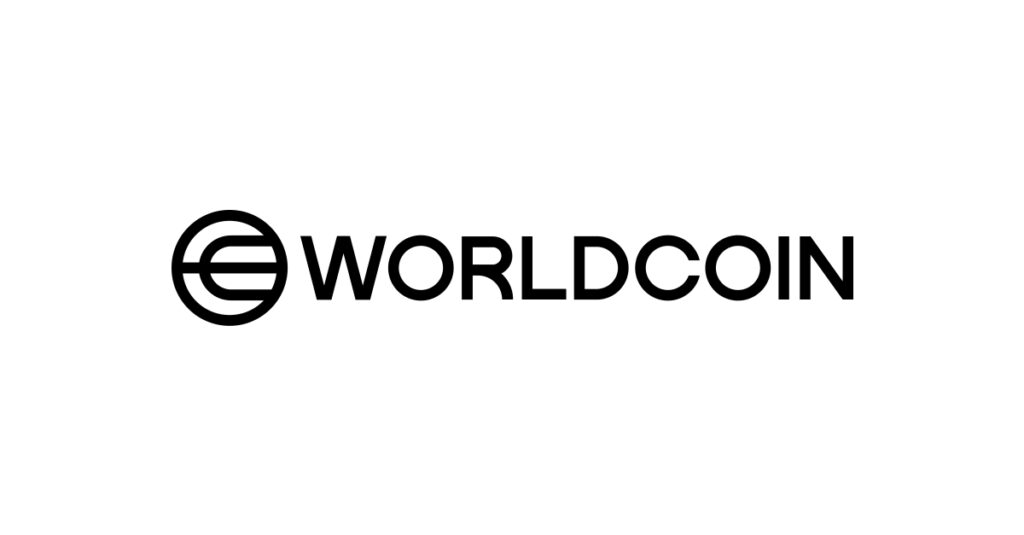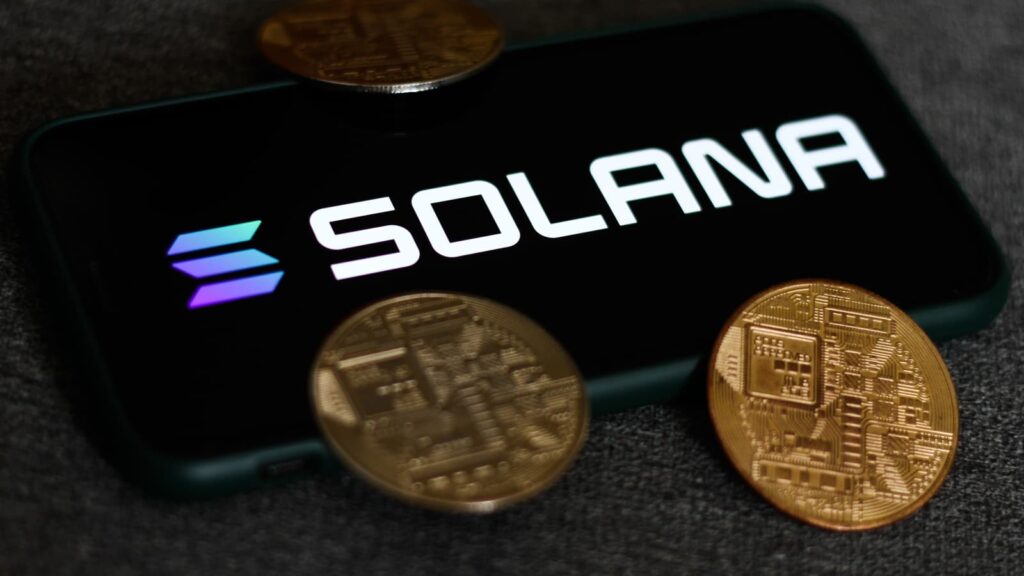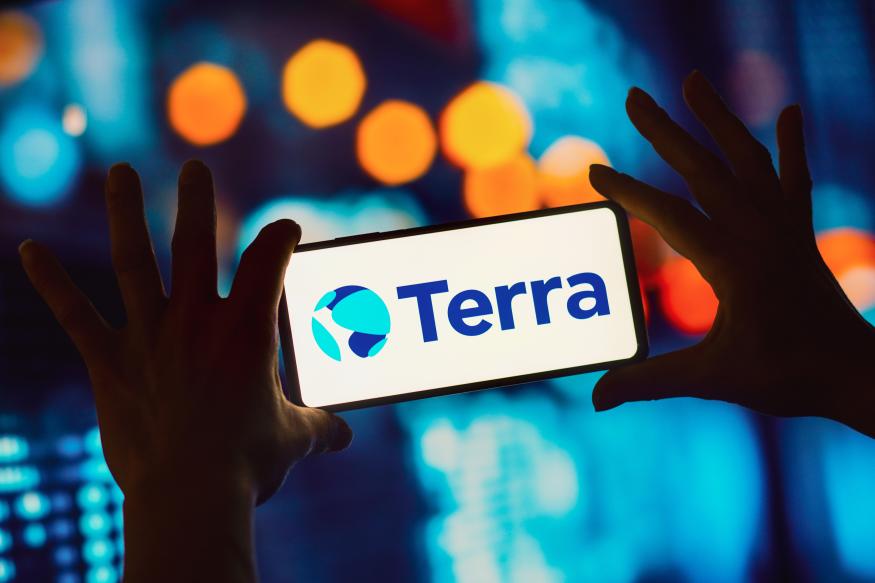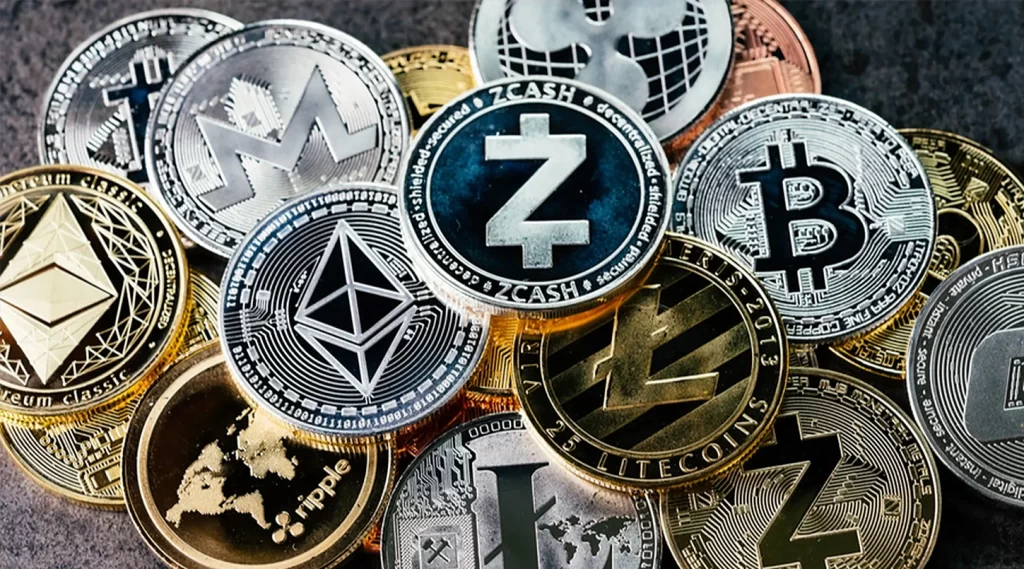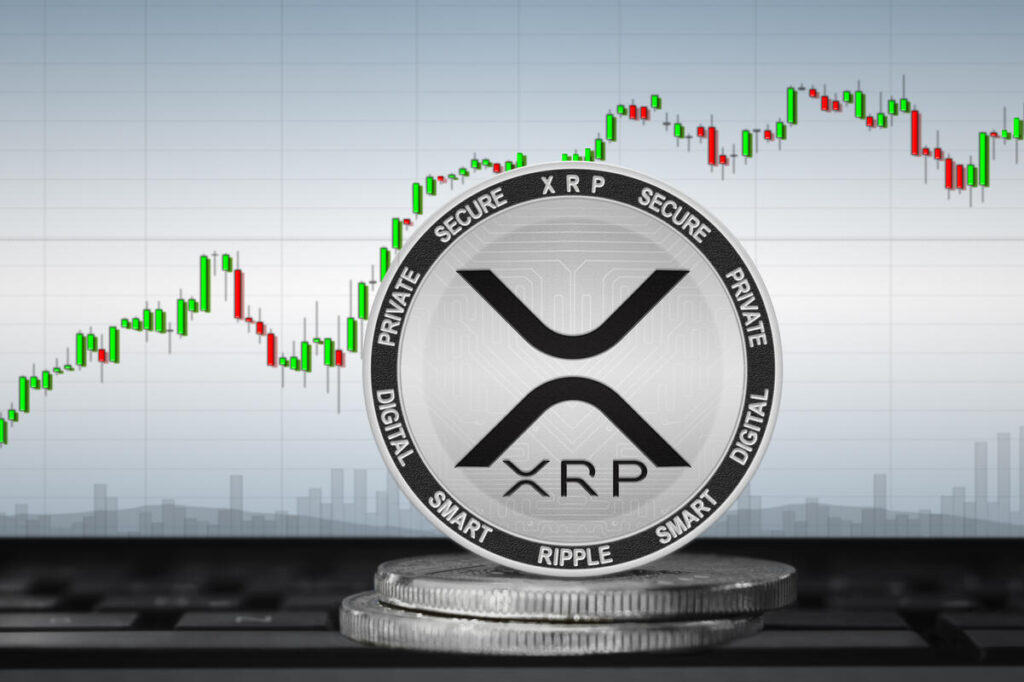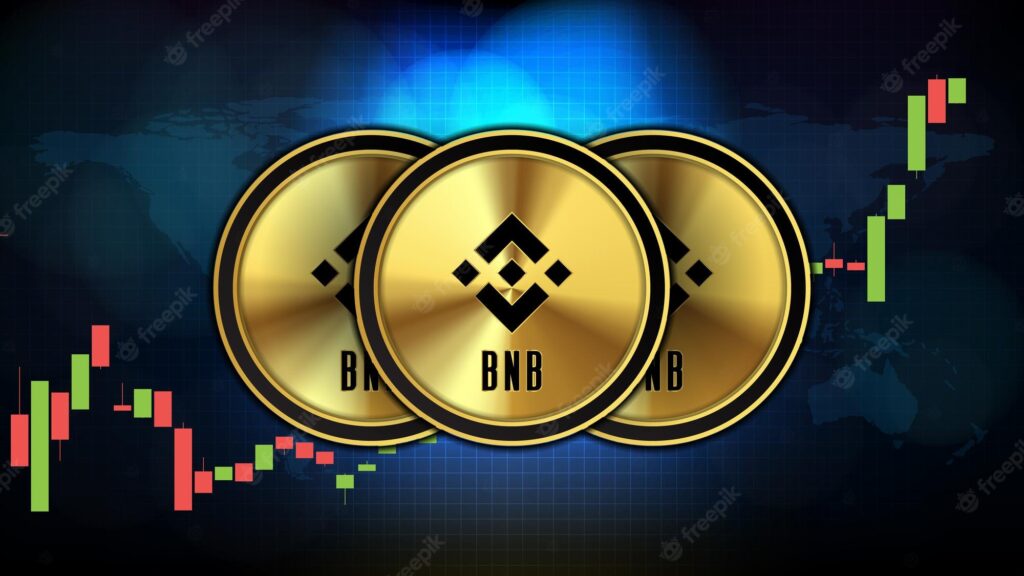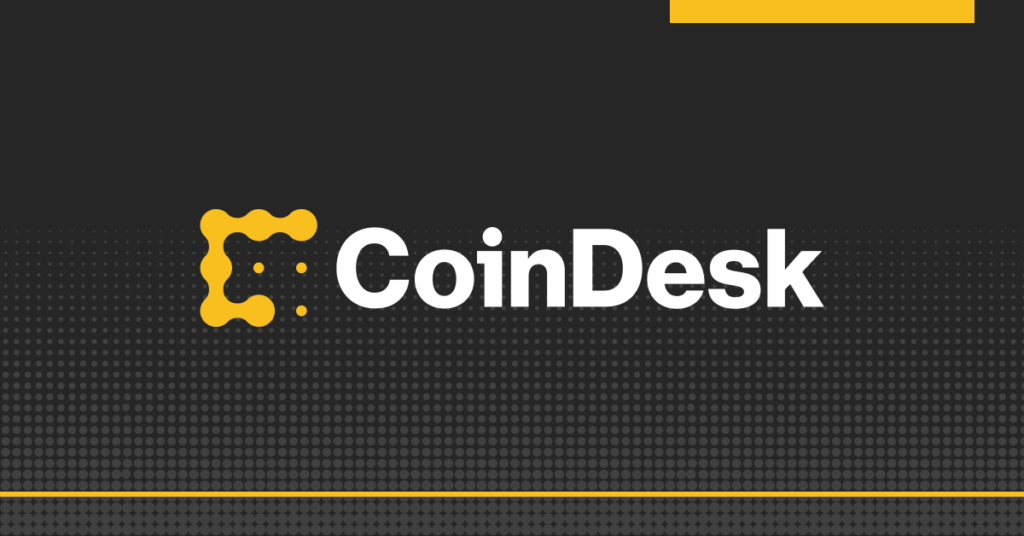Celsius, a top cryptocurrency lender in 2021, collapsed due to inherent business model flaws, regulatory investigations, and legal issues.
Once managing $25 billion in assets for 1.7 million customers, the company’s downfall started in 2022’s bear market, particularly after Terra’s implosion in May.
Celsius’ dependency on its CEL token and high staking rewards left it vulnerable, and when ties to Terra were revealed, the CEL price plummeted.
This prompted the company to move funds off-platform and freeze user withdrawals.
By July 2022, Celsius filed for Chapter 11 bankruptcy with $2.7 billion in debt.
The same month, securities regulators from five U.S. states, including the U.S. Justice Department, CFTC, FTC, and SEC, initiated investigations into the company and its CEO, Alex Mashinsky. Mashinsky resigned in September amidst rumors of planning to escape the U.S.
The first serious allegation against Celsius and Mashinsky emerged in 2023, with the CFTC alleging violations of U.S. regulations and investor deceit.
READ MORE: Worldcoin Sparks Controversy As It Launches Ecosystem Token
Shortly after, the SEC accused them of fraudulent and unregistered billion-dollar offers, leading the FTC to levy a $4.7 billion fine and cease Celsius’ trading. The Justice Department charged Mashinsky with multiple fraud counts.
Mashinsky and former Chief Revenue Officer, Roni Cohen-Pavon, also faced charges of manipulating CEL prices while selling their tokens at inflated prices.
However, the Southern District of New York’s United States attorney stated that Celsius would not face charges after agreeing to accept responsibility and assist in fund recovery for customers.
Mashinsky was arrested but subsequently released on a $40 million bond.
The Celsius debacle has put other crypto companies under regulatory scrutiny. Binance and Coinbase are facing similar lawsuits.
The increased regulatory enforcement has sparked debates about clarity in regulations. Legal experts suggest that these legal repercussions could improve the crypto industry by dissuading fraudulent practices.
However, regulators must also safeguard the rights of both crypto companies and their customers.
Crypto industry advocates argue that persecuting bad actors is a positive step, creating an environment where users can trust the safety of their assets.
Other Stories:
Ripple CEO Brad Garlinghouse Criticizes SEC’s ‘Regulation by Enforcement’
Crypto Lending Firm Faces Service Disruption as Assets Seized by Regulator

